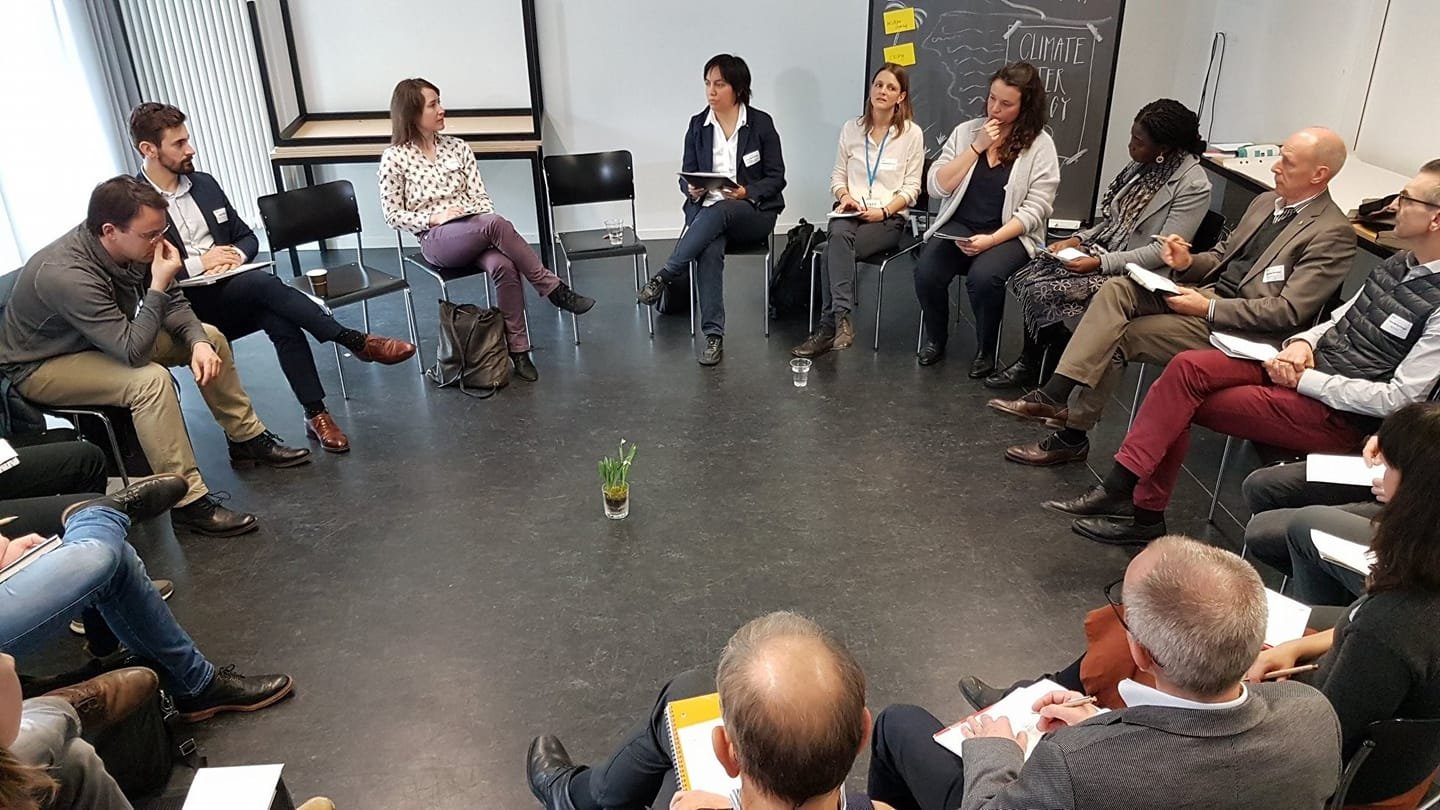What are social innovation labs?
Since 'tried and tested' methods of different sectors have failed to address wicked problems, researchers and practitioners have been calling for collaborative and iterative work towards system-level, large-scale change (Nicholls and Murdock, 2012) - a call labs for social innovation answer (Scharmer, 2018). In the last two decades, innovation laboratories have made their way from the private and academic sector into new fields and industries (Marcelloni, 2019). Driven by increasing complexity, technical and policy challenges, efficiency and digitalisation pressures related to emulating the private sector, and a trend toward more user-centric governance and innovation (Tõnurist et al., 2017), so-called Public Sector Innovation Labs have emerged within governments and administrations, leveraging collaboration and innovation to address problems (McGann et al., 2018).
Slowly, labs focused on social innovation started spreading across all sectors (Zivkovic, 2018). One prominent example is the Sustainable Food Lab, which since 2004 produced numerous successful prototypes and is credited with having played a key role in mainstreaming sustainability within the food industry (Reos Partners and WWF, 2010). According to Peter Senge, this lab is “the largest and most promising system change initiative” (quoted in Hassan, 2014, p. 5). The lab field was estimated at $150 million a year and growing rapidly (Bliss and Sahni, 2014).
Mapping the lab landscape
Amongst other things, these labs for social innovation differ in their scope (i.e., which geographic and topic subsystem they focus on), co-initiators (i.e., who leads them and why), funding models (i.e., how are they financed), design (i.e., based on design thinking, systems thinking, Theory U or others; as a temporary process or static place) (Tõnurist et al., 2017). Called Innovation Labs, Public Sector Innovation Labs, Social labs, Social Innovation Labs, Systemic Innovation Labs, and more, they share a focus on social issues, typically wicked problems, a collaborative process (bringing together different actors that are party to it), and an experimental approach to develop solutions (Zivkovic, 2018).
Despite the explosion of lab experiments across the globe, the phenomenon has received comparatively little scholarly attention (Gryszkiewicz et al., 2016). Academic interest in labs come from different disciplines and fields, with a dominant focus on the public sector (Tõnurist et al., 2017). Amongst others, organisational theorists have investigated the labs as (open) innovation processes (Gryszkiewicz et al., 2016), (inter-organisational) collaborations requiring novel types of leadership (Marcelloni, 2019), or applied complexity theory (Senge et al., 2008). Most publications however belong to the practitioner domains, in the forms of guides or practice oriented books (Papageorgiou, 2017).
Narrowing down the definition
The hype around systems change work and the lab approach sparked some debates amongst practitioners (Kieboom, 2014; Starr, 2021). Most remain interested in labs’ potential to address wicked problems and foster systems change (Zivkovic, 2018), and are studying if and how it can do so (Dinca-Panaitescu, 2020). The terms may reflect differences in lab practice, but not always: one single lab has been described using six different terms in research (McGann et al., 2018). The lack of an established typology (Marcelloni, 2019) further complicates consistent theory building in this emerging and fragmented research field (Edmondson and McManus, 2007). Recent academic attempts to map the lab landscape include a review of different types of labs and their appropriateness for addressing wicked problems (Zivkovic, 2018). Zivkovic found the following features to be critical: addressing complex problems within a specific context and place, adopting a transition approach (i.e., navigating complexity by fostering the emergence of innovation), allowing self-organising processes to occur, promoting coherence between diverse stakeholders (including affected actors), and recognising the government as a change enabler (2018).
These findings are consistent with the best practice definition that has emerged in practitioner literature, which includes three main characteristics: social, systemic, and experimental (Hassan, 2014). ‘Social’ refers to bringing together stakeholders from all sectors, including both powerful actors and marginalised ones, i.e., people pertaining to discriminated groups, with limited resources and opportunities (Marcelloni, 2019). ‘Systemic’ implies that the process aims at fostering systemic understanding amongst the participants in order to be able to address root causes and create profound change (Senge et al., 2008; Conway et al., 2017). Lastly, ‘experimental’ means that the lab includes co-creating and testing prototype solutions, learning by doing and scaling what works (Gryszkiewicz et al., 2016). This study will be based on the definition of labs that are social, systemic, experimental and focused on wicked problems, using the phrase Social Innovation Labs (SILs) or simply ‘labs’.
This is an excerpt of Nora Wilhelm’s dissertation for the MSt in Social Innovation at the University Cambridge.

